As one of Scotland’s favourite fictional bobbies, we sadly bade farewell to Hamish Macbeth 25 years ago as the rural crime fighter departed the shores of Lochdubh – and our screens – forever.
Hamish Macbeth depicted a colourful policing life as he investigated theft from the grocery store, locals keen to boost tourism by any means necessary, unruly visitors and shinty rivalries, all the while wrangling with amateur dramatics and a tangled love life.
But in the 25 years since the series last aired, rural policing in Scotland has changed considerably as technology moved apace and new criminal enterprises emerged.
Rural police officers now employ a range of tactics, as well as deploying technology, as they tackle sophisticated online offences as well as local crime.
However, despite the emergence of “remote” and digital crime, nothing beats old-fashioned policing and face-to-face engagement to help keep crime down and communities safe.
We spoke to three officers based in some of our most rural locations to find out more.
Chief Inspector Stuart Clemenson
Chief Inspector Stuart Clemenson is based in Scotland’s northernmost point, the Shetland Islands. Operating from Lerwick police station, he is the area commander of the Shetland, Highland & Islands Division.
In his 25-year career he has worked in areas from road policing to large-scale event and operations planning in Glasgow and the central belt. However, his job on Shetland, which he took up at the start of this year, is truly unusual, with challenges not faced by any other police force in the UK.
The population is 24,000 with more than 100 islands and an area that is 85 miles from Unst to Sumburgh – and ferries stop at 9pm. It’s one of the many logistical issues he deals with on a daily basis.
“If we get an incident on an island at 3am, we need to get there,” says Stuart. “We end up calling out the ferries – and it can be quite a significant call-out charge.
“The cavalry isn’t coming over the hill. If that was Shettleston we’d put out an urgent call and we could have dozens of cars within five or 10 minutes. Here we’ve only got two cars. They have to call people out their beds at 3am if something goes wrong.”
Issues such as this are commonplace, he says, and, as a result, a variety of services pitch in and help each other out.
“We rely heavily on a partnership with emergency services, the ambulance, who are similarly resourced, and the fire brigade.
“We know we can phone them and can call them for, say, a missing person. They’ll happily come out and help us, and it works vice versa.”
This level of community co-operation is crucial in keeping the islands safe, although the nature of crime differs from other areas of Scotland, he says.
“We don’t get a lot of acquisitive crime, and we don’t get a lot of car theft because there’s nowhere for a car to go, we’re on an island.
“And we don’t get house break-ins. In a lot of areas people still don’t lock their houses, and almost no houses have alarms.
“But we get crimes higher than other places. We seem to get a lot of drug crimes and drug detections.
“However, the reason we detect drugs is because we have a charity on the island called Dogs Against Drugs, set up approximately 20 years ago after a local had died through drugs overdose.
“We have three dog people and they are warranted police officers who are volunteers. This then allows the dogs to be trained and licenced as police dogs so we can use them.”
The dogs, trained to sniff out heroin, cocaine and cannabis, have detected thousands of pounds’ worth of drugs on the ferry, at the post office and in houses.
“They are a totally invaluable tool and they are funded by the public,” adds Stuart.
One of the biggest challenges is weather (cancelled ferries and flights) and logistics of moving equipment and officers to and from the central belt – a journey which can take a round trip of three days including a 14-hour ferry both ways. But booking transport and accommodation has to be done far in advance as demand is high.
Stuart says: “The islands will be welcoming the Tall Ships next July, and we’ll have upwards of 50,000 people coming here over the course of four days.
“People will be on boats, hotels, sleeping on people’s floors. It will be incredible.”
But he will have to police the event, too, which means more officers and planning for accommodation now, which is extremely limited on the islands.
Currently, Stuart has a team of 40 officers, some of whom are local, and whose skills are especially diverse.
“The depth of knowledge that the officers here in Shetland have, I think, is greater than other parts of the country,” he says.
He adds that where different city departments would normally deal with aspects of a crime such as sexual assault, i.e. CID, or rape unit, “up here they’ll deal with it from start to finish – they’ll take photographs, they’ll get DNA samples, it works very well.”
“The public will really help us, too, if we’re looking for something, because they don’t want someone living in the community who’s causing problems. They’ll help us and guide us through,” adds Stuart, saying that policing is still about keeping people safe.
“It’s about being out there in the community and policing the environment round about us, listening to what the public want and adapting our style of policing to that.
“Shetland is just so diverse from anything I’ve done before,” he adds.
“But no matter where I’ve been, there’s always been a camaraderie and a strong partnership between you and all your colleagues.
“I still absolutely love it after 25 years.”
PC Mhairi Meston, Banchory
Policing Banchory, with a population of just under 7,500, PC Mhairi Meston cut her policing teeth as a Special Constable in Aberdeen before joining the force in 2015.
With a degree in psychology and coming from a career in recruitment, she knew she wanted a job with variety – and found it with Police Scotland, first being posted to Aboyne then Banchory in 2018.
“I thought it was going to be quiet,” Mhairi says. “But I’ve never had two days that are exactly the same in the police.
“When I came out to Aboyne, my tutor said to me, ‘You will do better out here if you speak to people in a completely different way than you would speak to people in the city,’ and that was probably the best advice in my career.
“People here know their police officers and they’ll call in stuff that city people might ignore, like kicking a bin over. But you’ll only find out about something if the community wants you to know about it.”
Other advantages of working rurally are the close contact with schools and the opportunity to intervene before junior criminal behaviour escalates.
“Things like vandalism can really affect the community,” says Mhairi. “These offences tend to be committed by younger people. If you intervene you’ve got a chance of diverting them away from adult criminality but you’re also dealing with issues that the community cares about the most.”
Mhairi’s day can involve everything from restraining arrestees, driving up Munros, recovering stolen mannequins, closing snow gates, and handling severe weather incidents.
“I love working in Deeside. It is such a unique area,” she says, recalling how she once arrested a woman over an incident involving a parrot and a ladder.
“A woman had stolen a ladder from two workmen because her parrot had escaped from her property and she had found it up a tree. She was trying to coax it down and needed the ladder to do it.”
Arresting the woman, Mhairi says: “It’s the only time I have ever written, ‘In possession of a grey parrot,’ in a police report. Imagine being the fiscal and seeing that come across your desk.”
Despite all the tech and equipment rural officers have at their disposal, Mhairi says one skill is vital above all others.
“The best tool you have in this job is your mouth and what you say to people. People have long memories in the shire – and they’ll remember how you’ve spoken to them.”
PC Julie Galloway, Buchan
Based at Banff Police Station, PC Julie Galloway joined the force in 2015 after a spell working at a local primary school with children with special needs.
Originally from Troon, in Ayrshire, she has lived in the north-east for more than 25 years within the Buchan corner between Fraserburgh and Banff. Her job at the station is to oversee the officers on duty and to ensure the right resources are allocated to the many calls the station receives.
“I have only every worked in the Buchan corner but as resources are minimal in the shire your shift can pass in a flash trying to deal with the number of incidents coming in,” she says.
Highlighting the local people, Julie believes there is more of a distinct “community feeling” in the shire. With fewer resources and staff, she says the officers could not do their jobs without a tight and supportive community around them.
“We could not possibly see or hear about everything going on over the large areas we cover,” she says. “We rely heavily on the community working with us and informing us of things they see or find concerning, and feeding this back to us.”
“Aspects of policing that never change are our bread and butter,” she continues. “Vandalism, assaults, going out into our communities, and to talk and interact with the community is important.
“Plus, learning about the issues they face and trying to work together to make the area a safer place to live and work.
“But it is a changing world and, for most businesses, including Police Scotland, a very hard one to keep ahead of.
In rural areas, modern crimes have crept into communities in recent times, says Julie, such as fraud and people suffering mental health challenges – as common in rural regions as it is in urban areas.
“The police are often the point of contact when crisis happens,” says Julie, “but we try to find help and support prior to them going into crisis.
“The main skillset officers require in the shire is communication. The closest unit could be half an hour away so the ability to communicate with people and de-escalate situations, preventing anyone from getting injured, is a must.”
Despite the changes and challenges faced by rural police, Julie loves her post in Banff.
“It’s busy but can also be very rewarding. Some days are hard, some aspects of our job are unpleasant or you’re faced with very difficult situations.
“But when you have a good team of people around you who all possess the right qualities and want to help people, there is a lot of job satisfaction to be gained.”
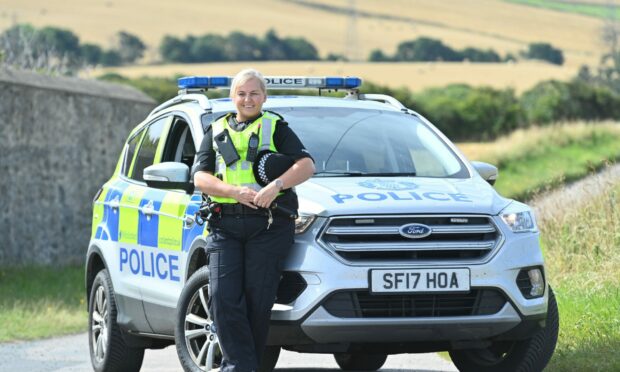
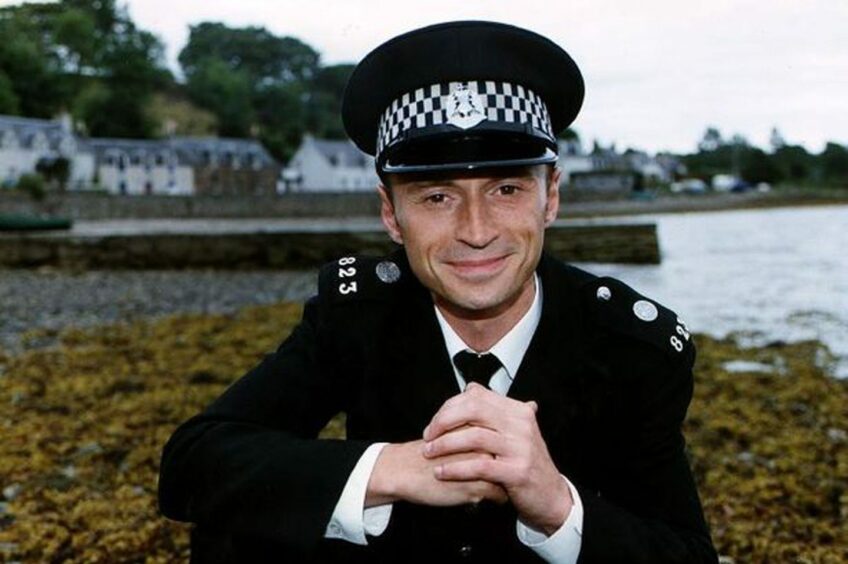
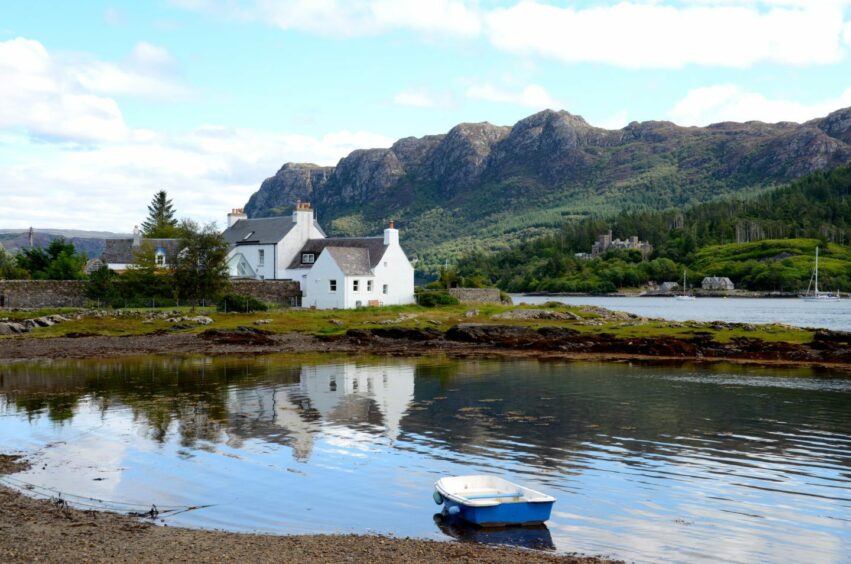
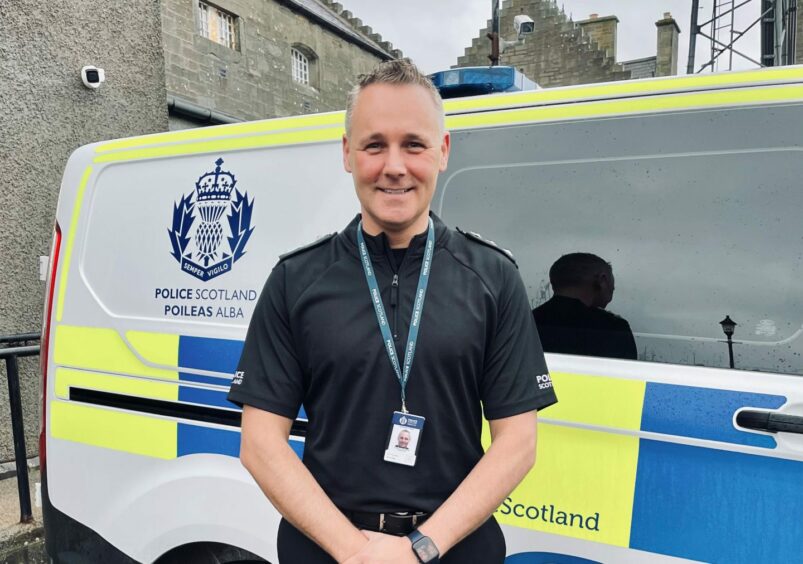
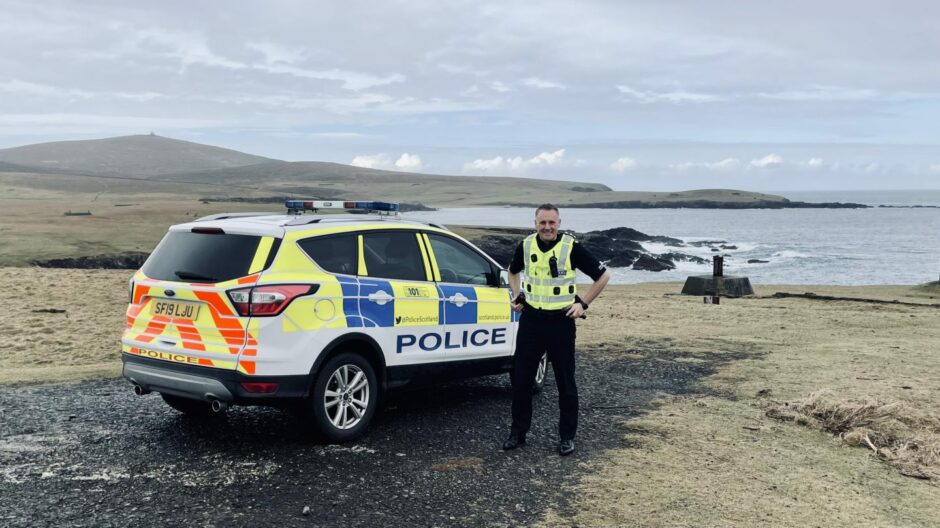
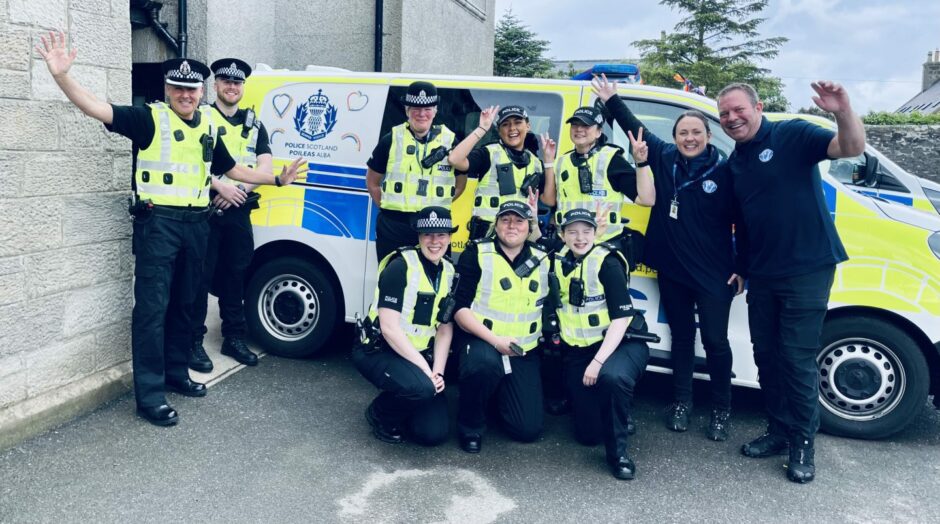
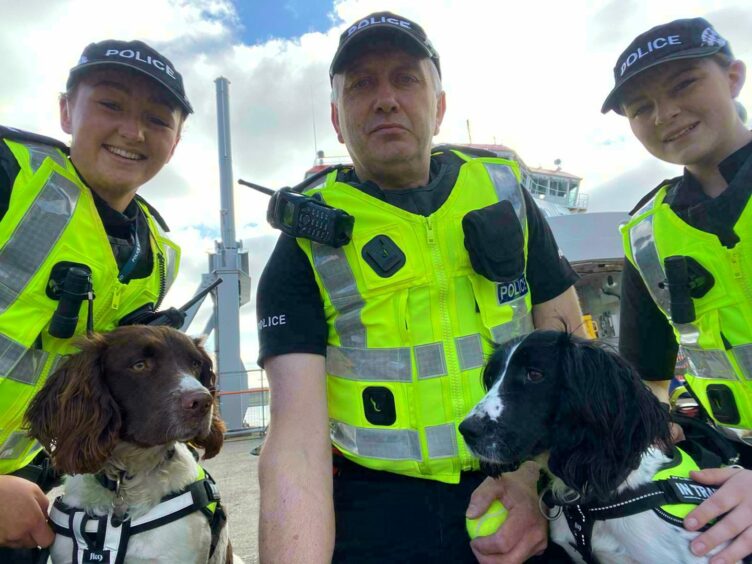
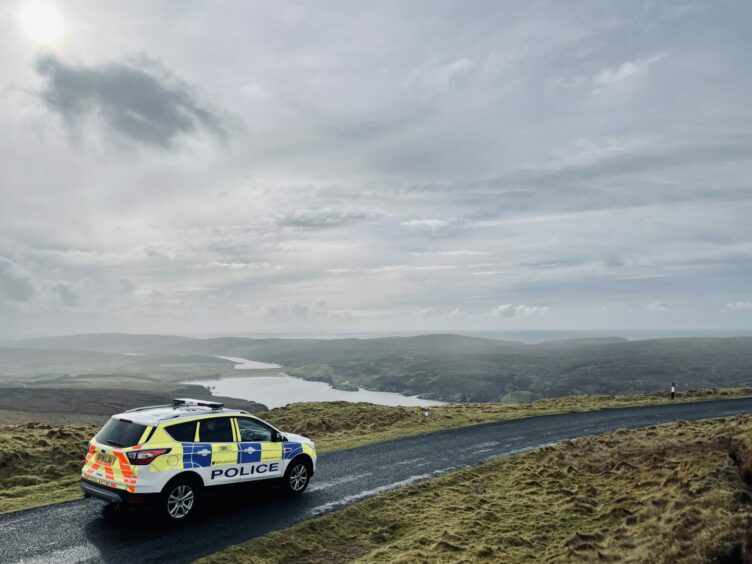
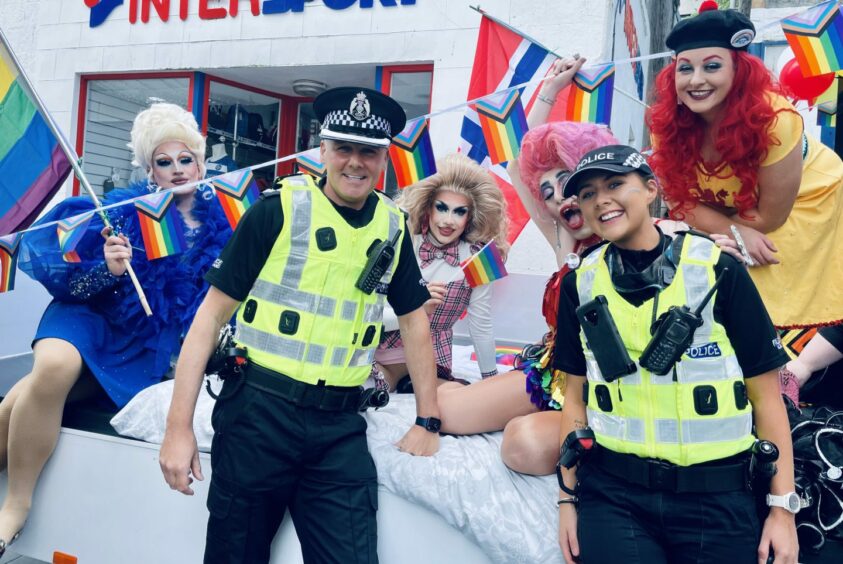
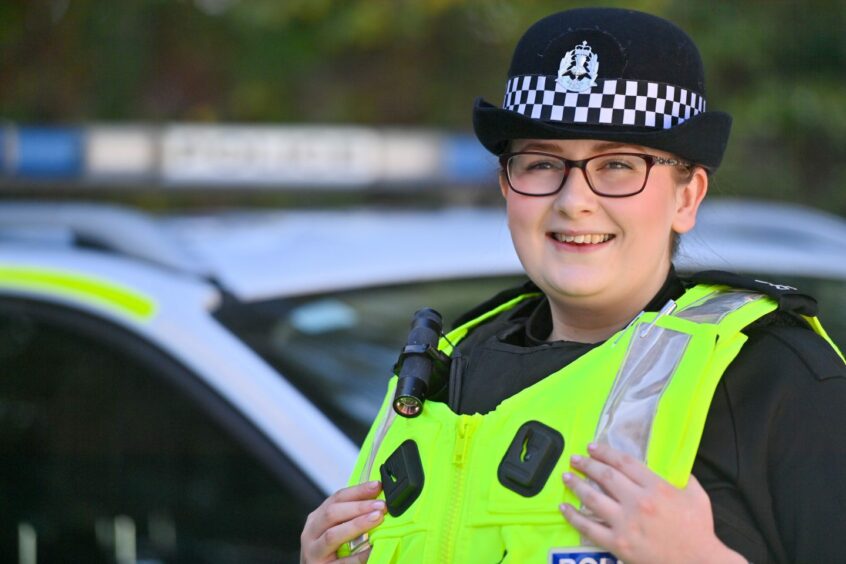
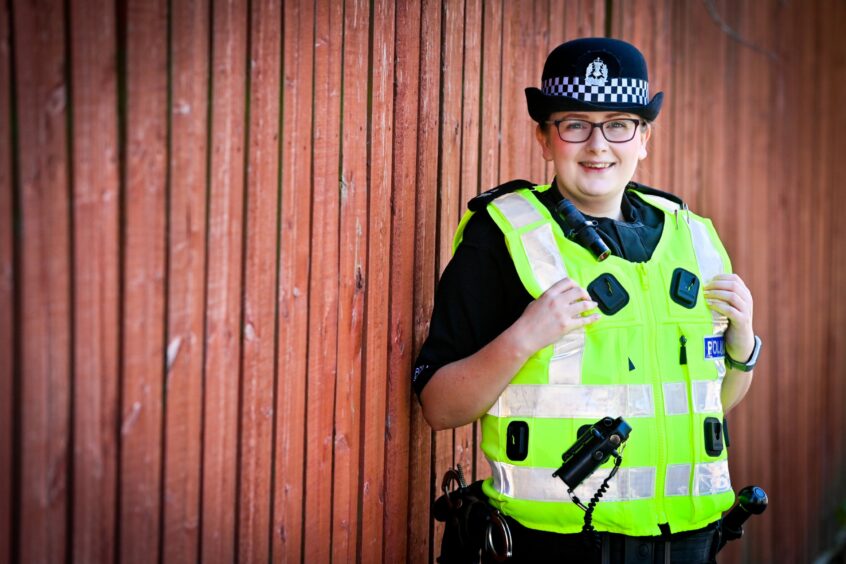
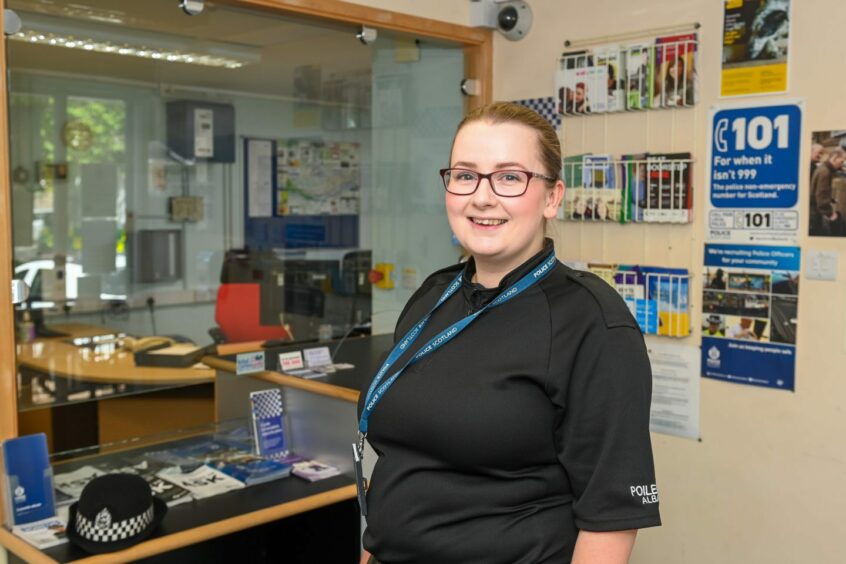
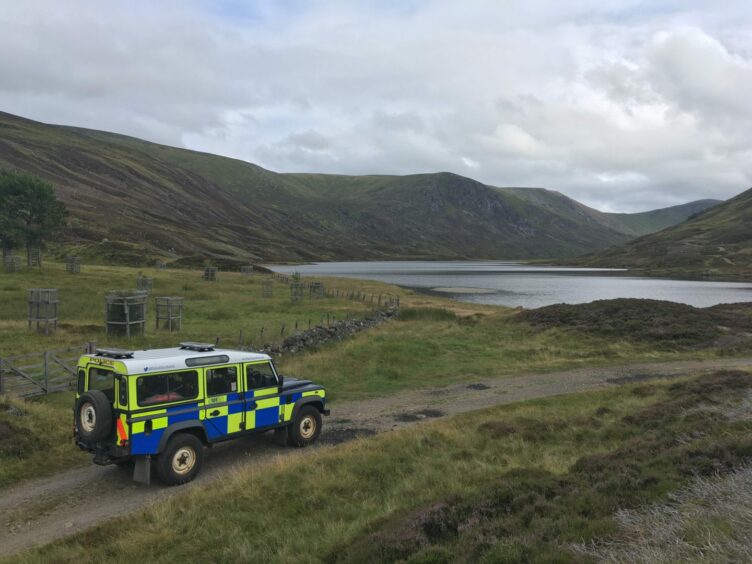
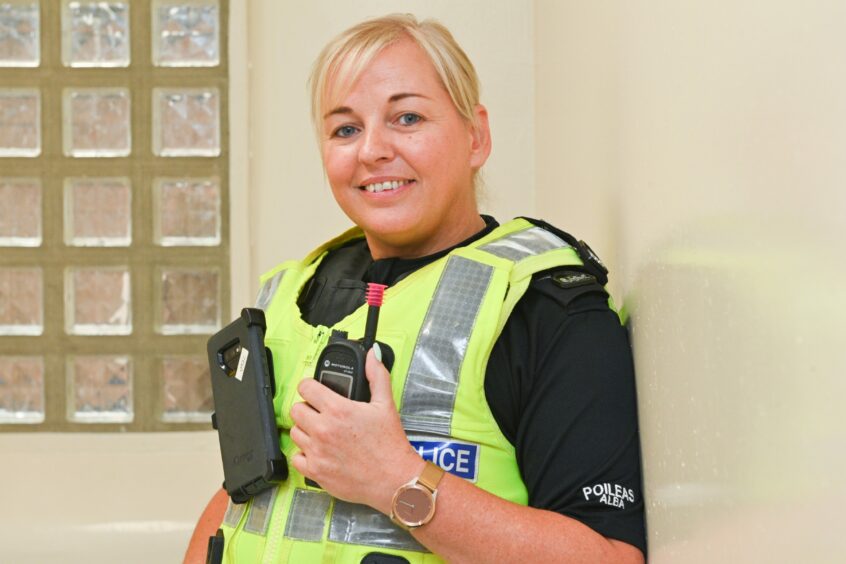
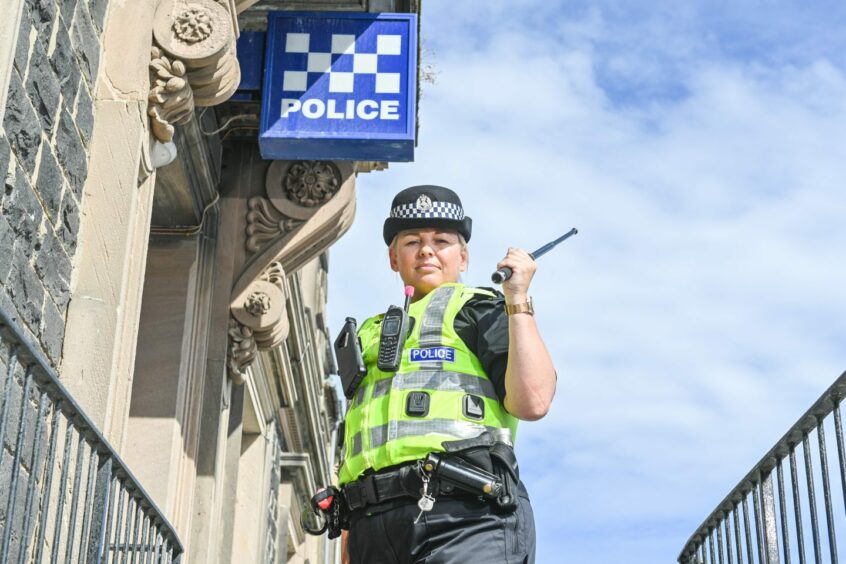
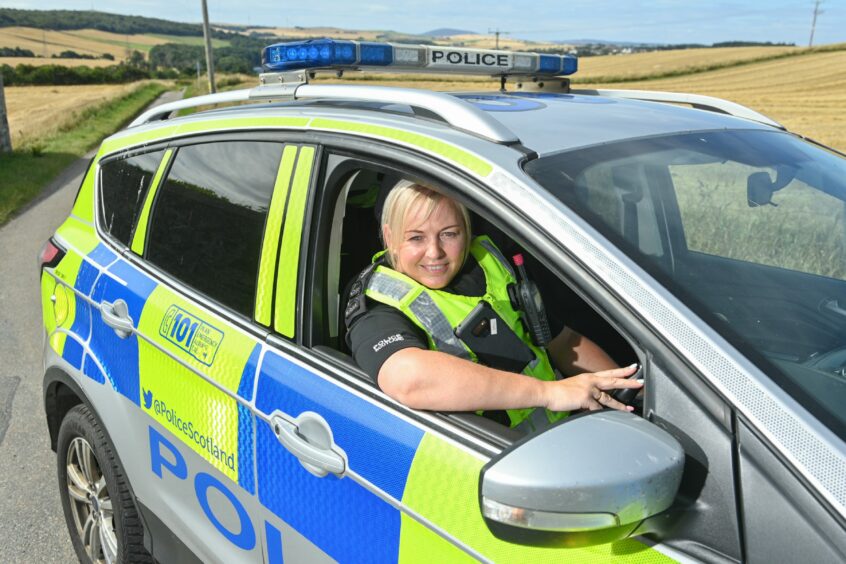
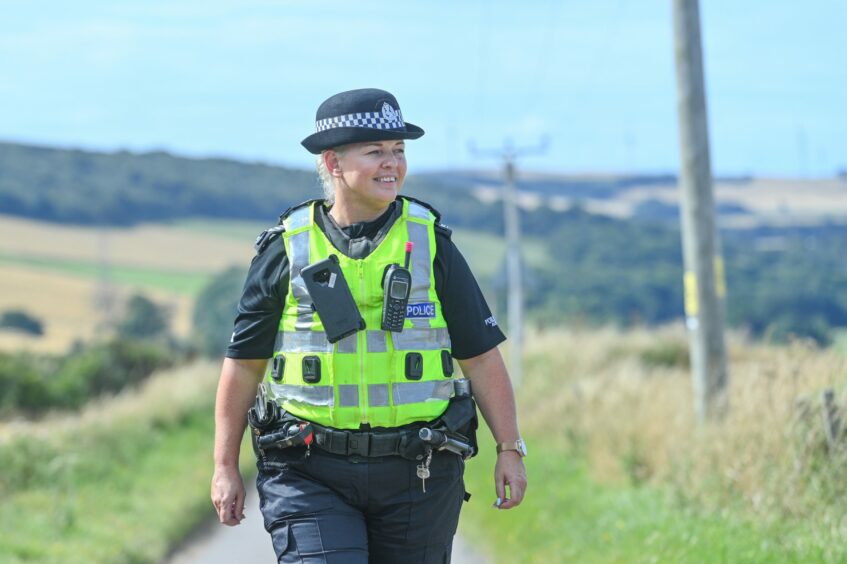
Conversation